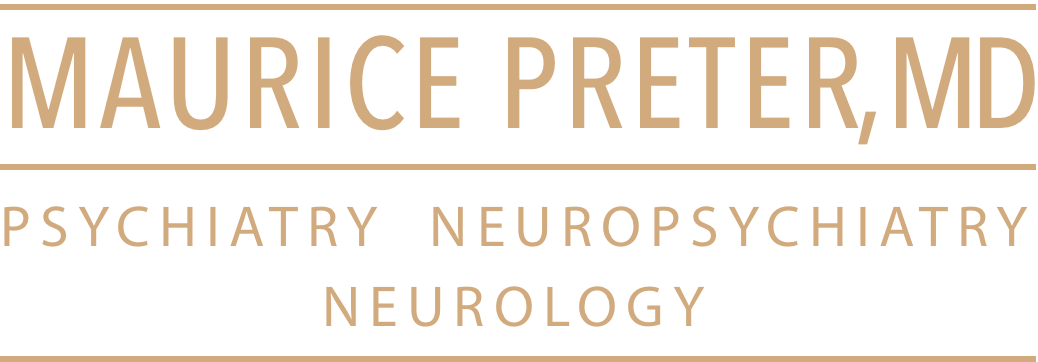Tag Archives: Inflammation
Evidence-based prevention of Alzheimer’s disease: systematic review
Results A total of 44 676 reports were identified, and 243 OPSs and 153 RCTs were eligible for analysis after exclusion based on pre-decided criteria, from which 104 modifiable factors and 11 interventions were included in the meta-analyses. Twenty-one suggestions are proposed based on the consolidated evidence, with Class I suggestions targeting 19 factors: 10 with Level A strong evidence (education, cognitive activity, high body mass index in latelife, hyperhomocysteinaemia, depression, stress, diabetes, head trauma, hypertension in midlife and orthostatic hypotension) and 9 with Level B weaker evidence (obesity in midlife, weight loss in late life, physical exercise, smoking, sleep, cerebrovascular disease, frailty, atrial fibrillation and vitamin C). In contrast, two interventions are not recommended: oestrogen replacement therapy (Level A2) and acetylcholinesterase inhibitors (Level B). Continue reading
A Review on Antibacterial, Antiviral, and Antifungal Activity of Curcumin
Curcuma longa L. (Zingiberaceae family) and its polyphenolic compound curcumin have been subjected to a variety of antimicrobial investigations due to extensive traditional uses and low side effects. Antimicrobial activities for curcumin and rhizome extract of C. longa against different bacteria, viruses, fungi, and parasites have been reported. The promising results for antimicrobial activity of curcumin made it a good candidate to enhance the inhibitory effect of existing antimicrobial agents through synergism. Indeed, different investigations have been done to increase the antimicrobial activity of curcumin, including synthesis of different chemical derivatives to increase its water solubility as well ass cell up take of curcumin. This review aims to summarize previous antimicrobial studies of curcumin towards its application in the future studies as a natural antimicrobial agent. Continue reading
Curcuma longa (turmeric). Monograph
Abstract
Curcuma longa, a perennial herb, is a member of the Zingiberaceae (ginger) family. The plant grows to a height of three to five feet, and is cultivated extensively in Asia, India, China, and other countries with a tropical climate. It has oblong, pointed leaves and bears funnel-shaped yellow flowers. The rhizome is the portion of the plant used medicinally; it is usually boiled, cleaned, and dried, yielding a yellow powder. Dried Curcuma longa is the source of the spice turmeric, the ingredient that gives curry powder its characteristic yellow color. Turmeric is used extensively in foods for both its flavor and color. Turmeric has a long tradition of use in the Chinese and Ayurvedic systems of medicine, particularly as an anti-inflammatory agent, and for the treatment of flatulence, jaundice, menstrual difficulties, hematuria, hemorrhage, and colic. Turmeric can also be applied topically in poultices to relieve pain and inflammation. Current research has focused on turmeric’s antioxidant, hepatoprotective, anti-inflammatory, anticarcinogenic, and antimicrobial properties, in addition to its use in cardiovascular disease and gastrointestinal disorders. Continue reading
